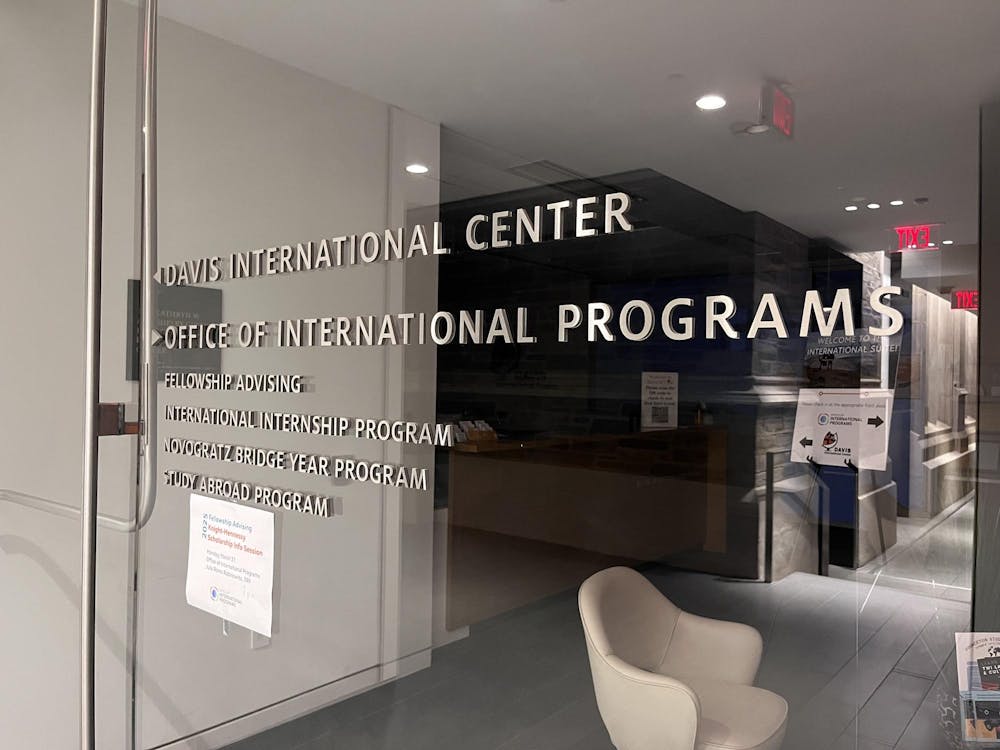The lecture, titled “Acts of Faith: Interfaith Leadership in a Time of Religious Crisis,” focused on motivating young people to respect others’ ethical and religious differences.
Patel is the founder and executive director of the Chicago-based Interfaith Youth Core (IFYC) and a member of the President’s Council on Faith-Based and Neighborhood Partnerships.
Patel defined pluralism as “believing those of different backgrounds can live in harmony.” He added that respect, positive relationships between people of different backgrounds and “collective commitment to common good” are key components of pluralism.
Patel said the aims of his organization coincide with former Chicago resident Obama’s goal of America playing “its role in ushering in a new era of peace.”
IFYC promotes “young people from different religious backgrounds” working together on interfaith service, Patel explained.
Patel said that the “faith line” in American society, which Obama has discussed, is an indication of the importance of religious diversity. This “faith line” defines American society in the same way that W.E.B. DuBois’s “color line” epitomized the issue of race in early-20th-century America, he explained.
Patel said he was disturbed by the number of young people committing violent acts of religious extremism. He added that four global trends in particular play to the advantages of religious extremists seeking additional converts.
Extremists, he said, understand the intersection of the increase in youth population, the revival of religion, the breakdown of global socioeconomic patterns, and the interaction between people of different backgrounds. Extremists are able to attract adherents to violence because they understand these dynamics Patel said.

Rather than turning to extremism, Patel asked young people to turn to their own beliefs and find how those “beliefs build pluralism.”
He cited the story of creation from the Qur’an, in which God created man already understanding diversity, as an example of how his own religious belief contributes to pluralism.
Irfan Kherani ’11 said he found Patel’s explanation of plurality “incredible,” and the “commonality across color line and faith line gives an interesting view.”
Patel also acknowledged interfaith leadership is not built solely on intellectual understanding, but also the ability to bring different cultures and faiths together through interfaith service projects.

Students all over the world are engaging in interfaith service projects, Patel said. He told story of a Jordanian kid who e-mailed him 7 or 8 years ago about interfaith projects. They corresponded for 12 to 15 months. Patel later visited Jordan and found that he had successfully organized many different interfaith projects and was considering a campaign to become the youngest member of the Jordanian parliament.
The energy that surrounded the rise of Barack Obama indicates a heightened “sense of movement” among this boy’s counterparts in the United States, Patel said.
Shehzah Ukani ’12 said he found Patel’s speech “evocative.” “It was an intimate approach to multi-faceted things like race and religion,” Ukani said.







